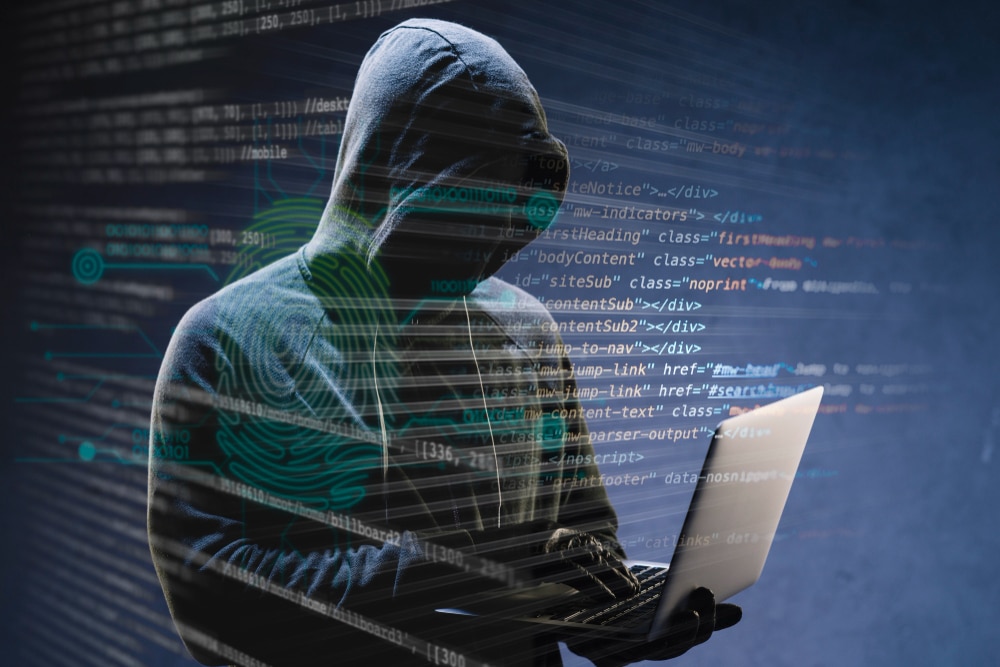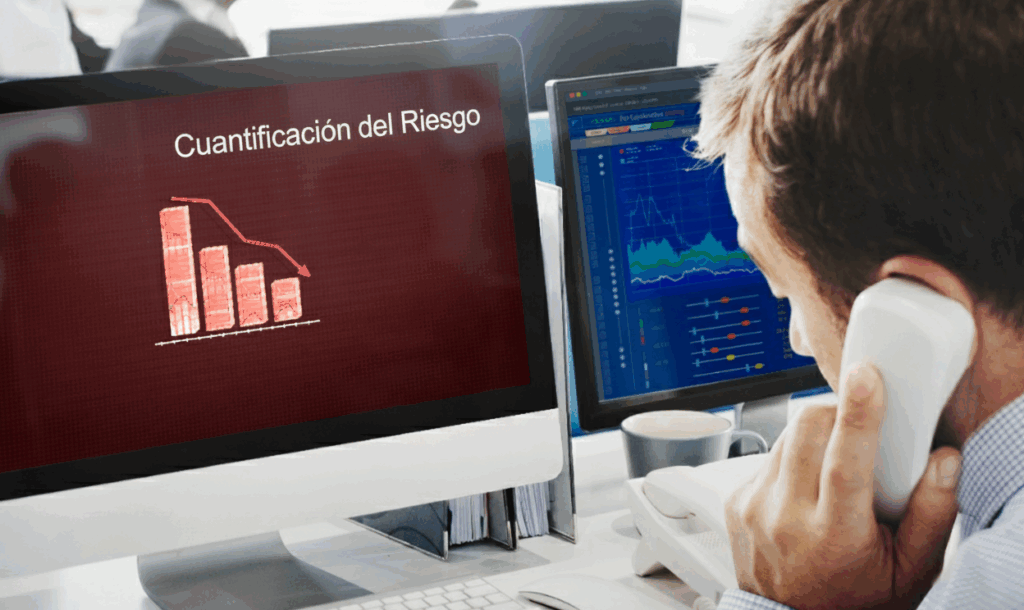NIS2 compliance: everything you need to know
The European Union's NIS2 (Network and Information Security) directive is a set of measures aimed at improving cybersecurity in essential sectors such as transport, energy, health and digital infrastructure. With its adoption, European companies and institutions are obliged to strengthen their cybersecurity to prevent incidents and ensure the continuity of critical services. Understanding what compliance with this regulation entails and how to implement it is fundamental to avoid sanctions and, above all, to ensure the protection of key data and systems.
What is the NIS2 directive?
The NIS2 directive is an evolution of the Network and Information Systems Security Directive (NIS1), which was adopted in 2016. NIS2 seeks to update and expand the regulatory framework for cybersecurity in the European Union, given the increasing digitization of essential services and the rise of cyber threats.
Like its predecessor, NIS2 imposes strict security and incident management requirements on organizations within sectors considered critical. In addition, this new version expands the list of sectors that must comply with cybersecurity regulations, such as digital services, cloud platforms and electronic communications services.
Main objectives of the NIS2 directive
The NIS2 directive has several key objectives:
- Strengthening cybersecurity in critical sectors, such as energy, health, transportation and finance.
- Improving cooperation between EU Member States and regulators to respond more quickly to threats and attacks.
- Increase risk management capacity cyber-at the corporate and institutional level.
- Ensure effective implementation of security measures through fines and penalties in case of noncompliance.
Significant changes between NIS1 and NIS2
One of the main changes brought by NIS2 compared to NIS1 is the broadening of the scope of application. Under NIS1, only some very specific industries were required to comply with the security standards, but NIS2 expands this coverage to many more industries.
Other important changes include:
- A more detailed approach to the risk managementwith concrete measures that organizations must implement.
- An increase in fines and penalties for non-compliance, which may now become more severe.
- Improved cross-border cooperationThe company is promoting a system for the exchange of information and alerts among Member States.
Sectors required to comply with NIS2
The sectors that must comply with the NIS2 regulation include a wide variety of essential industries. Among them are:
- EnergyEnergy infrastructures such as power grids, pipelines, nuclear plants and gas supply systems.
- TransportationAirports, ports, railroads and traffic management systems.
- HealthHospitals, emergency services and health care systems.
- FinanceBanks, insurance companies, payment systems and financial markets.
- WaterDrinking water supply and treatment.
- Digital platformsCloud services, data center operators, social networks and e-commerce platforms.
The inclusion of digital services, cloud platforms and electronic communications providers is one of the most relevant new features of the NIS2 directive.
Obligations of organizations under NIS2
To comply with NIS2 regulations, organizations must adopt a number of measures including:
- Risk assessmentIdentify and assess the risks to which your information systems and networks are exposed.
- Technical and organizational measuresImplement adequate security measures, such as firewalls, intrusion detection systems, data encryption and business continuity plans.
- Incident managementCyber incident response plan: Organizations should have a cyber incident response plan, with clear procedures to detect, contain and remediate potential attacks.
- Collaboration with authorities: Inform the competent authorities in case of incidents affecting essential services.
Effective implementation of these points not only protects companies from potential cyber-attacks, but also prevents severe penalties that can be applied for non-compliance.
Discover the future of corporate security with ENIGMIA! We combine cyber intelligence and artificial intelligence to offer you advanced protection and smarter decisions. Secure your company against emerging threats and comply with the NIS2 directive.Contact us at and take your safety to the next level!
Penalties for non-compliance with NIS2
The NIS2 directive establishes stricter penalties than its predecessor. Fines can reach considerable amounts, depending on the size of the organization and the severity of the non-compliance. In addition, repeated non-compliance can lead to other sanctions, such as suspension of operations or restriction of access to certain markets.
Fines vary according to national legislation, but the European Union has recommended that they should be proportionate to the harm caused and high enough to incentivize compliance. This means that the costs of ignoring the NIS2 can be considerably higher than the cost of implementation.
How to comply with NIS2: essential steps

Complying with NIS2 may seem like a daunting task, but with proper planning, organizations can efficiently adapt their operations. Here are some key steps to NIS2 compliance:
1. Cyber risk assessment
The first step is to conduct a comprehensive cyber risk assessment. This involves identifying vulnerabilities in the organization's information systems and networks, as well as determining the potential impacts of a cyber attack.
Implementation of security measures
Once risks have been identified, organizations must implement appropriate technical and organizational measures to mitigate those risks. This includes installing firewalls, encrypting sensitive data, using multi-factor authentication and training staff in cybersecurity.
3. Development of an incident response plan
The incident response plan should include clear protocols on how the organization should act in the event of a cyber attack. This involves having a strategy for detecting, containing and remediating incidents, as well as collaboration with regulatory authorities.
4. Collaboration and incident reporting
Collaboration with authorities is key in NIS2. In the event of an incident, organizations must notify the relevant authorities for assistance and share information with other organizations, enabling a faster and more efficient response.
5. Updating and continuous monitoring
Cybersecurity is not static. Organizations must update their security measures and continuously monitor their systems to ensure ongoing NIS2 compliance and to adapt to new threats.
Technology tools for NIS2 compliance

NIS2 compliance can benefit greatly from the use of advanced technological tools. Cyberintelligence, artificial intelligence (AI) and machine learning solutions enable organizations to identify vulnerabilities in real timeThe company's mission is to provide a comprehensive solution to manage incidents and ensure an efficient response to cyber threats.
Cyber intelligence platforms such as Enigmia help automate the process of threat identification, risk analysis and coordination with authorities. Such solutions make it easier and more affordable to meet the stringent requirements of NIS2, providing real-time alerts and continuous network security assessments.
The future of NIS2 compliance
As cybersecurity continues to evolve, NIS2 is emerging as an essential standard for ensuring the resilience of critical sectors of the European economy. Organizations that implement robust cybersecurity measures will not only avoid penalties, but will be better prepared to face the threats of the future.
In this context, investment in cyber intelligence tools and proactive cooperation with authorities are the pillars of success in protecting organizations' most valuable assets.
▶You may be interested in: Merging Cyber Intelligence and Artificial Intelligence: The Future of Enterprise Security




